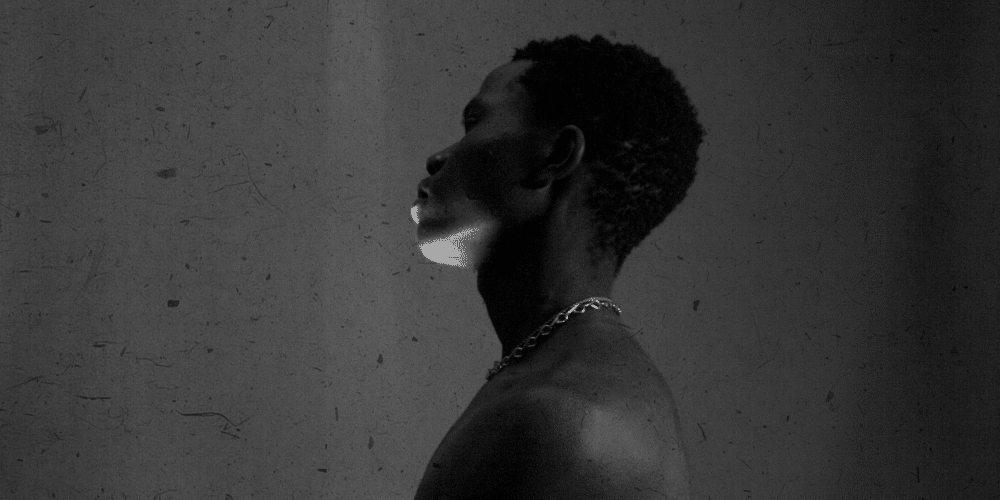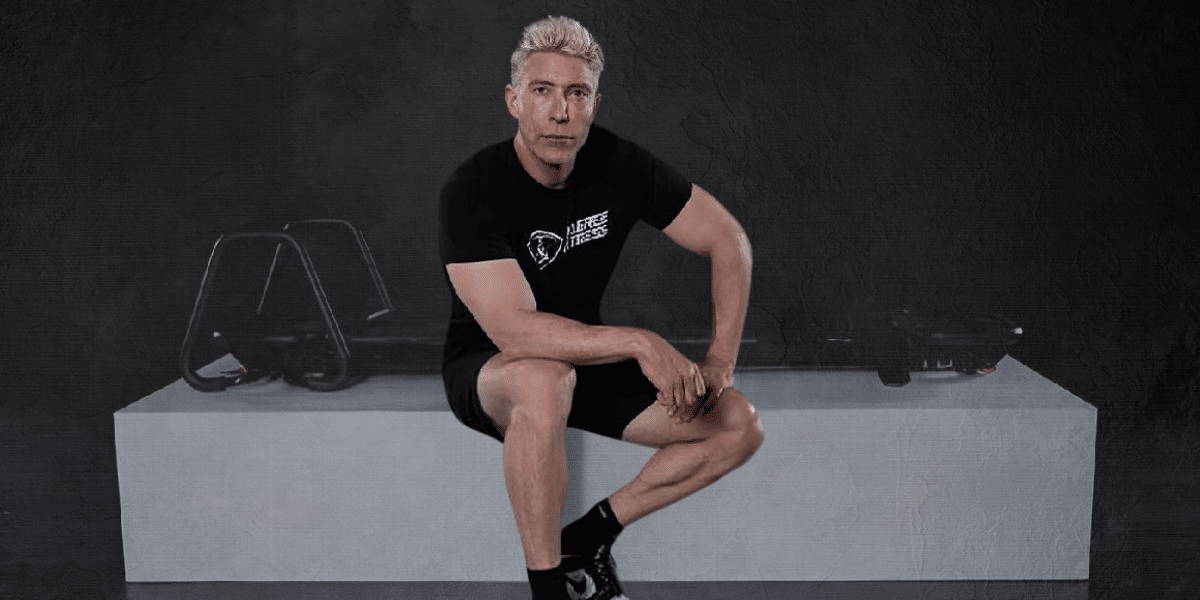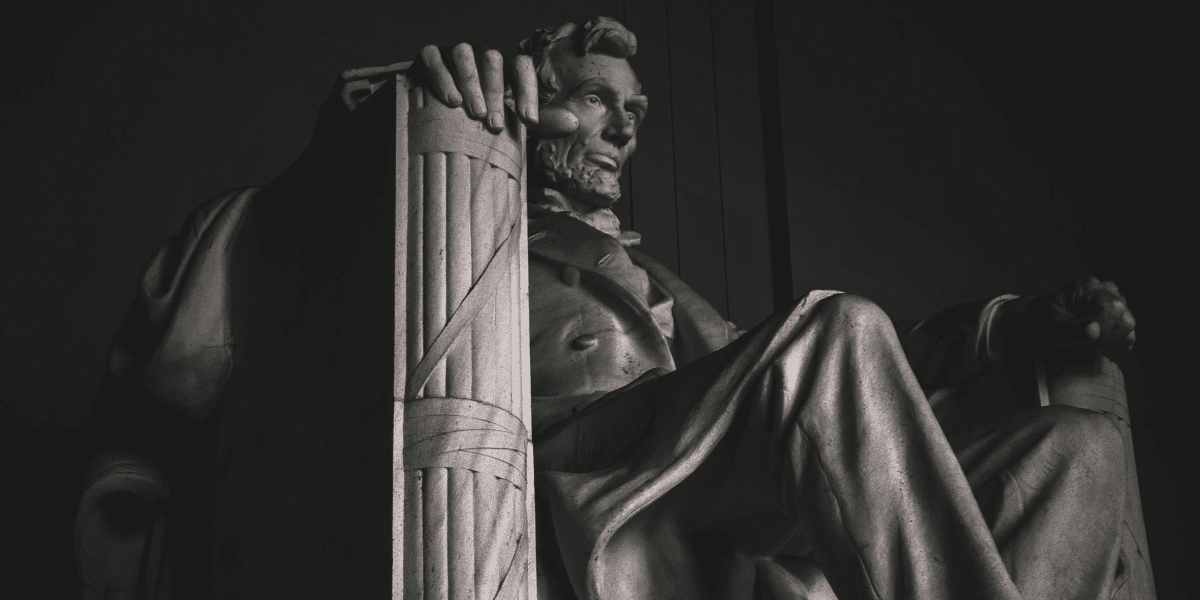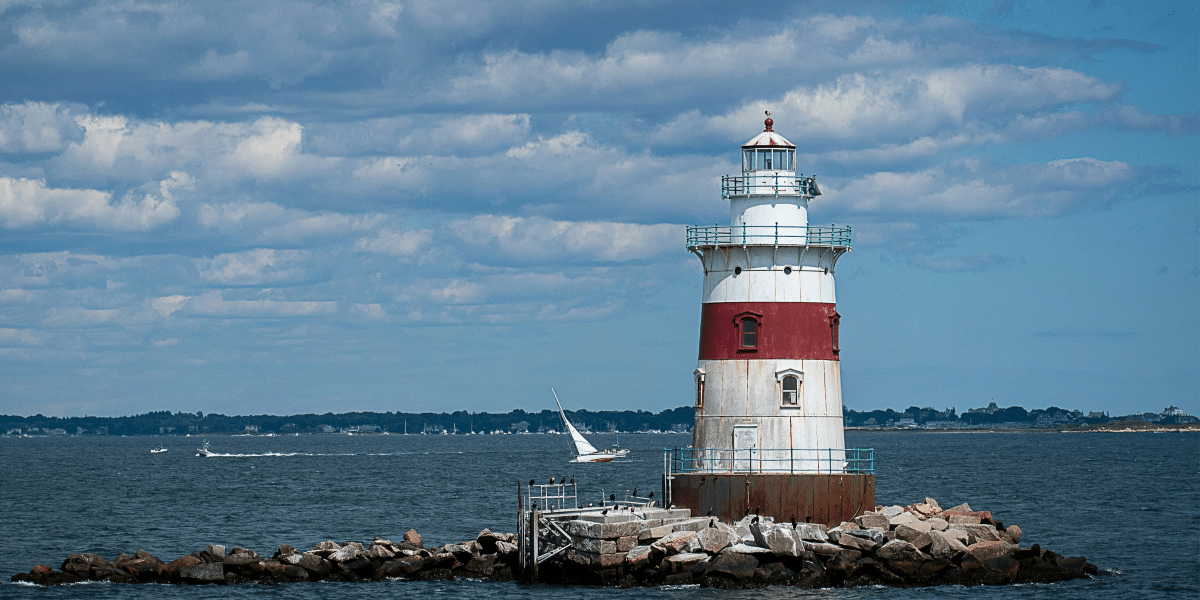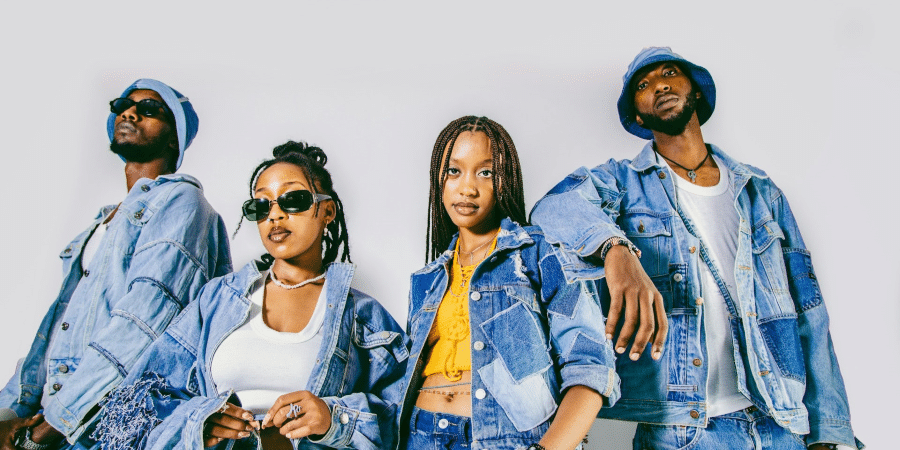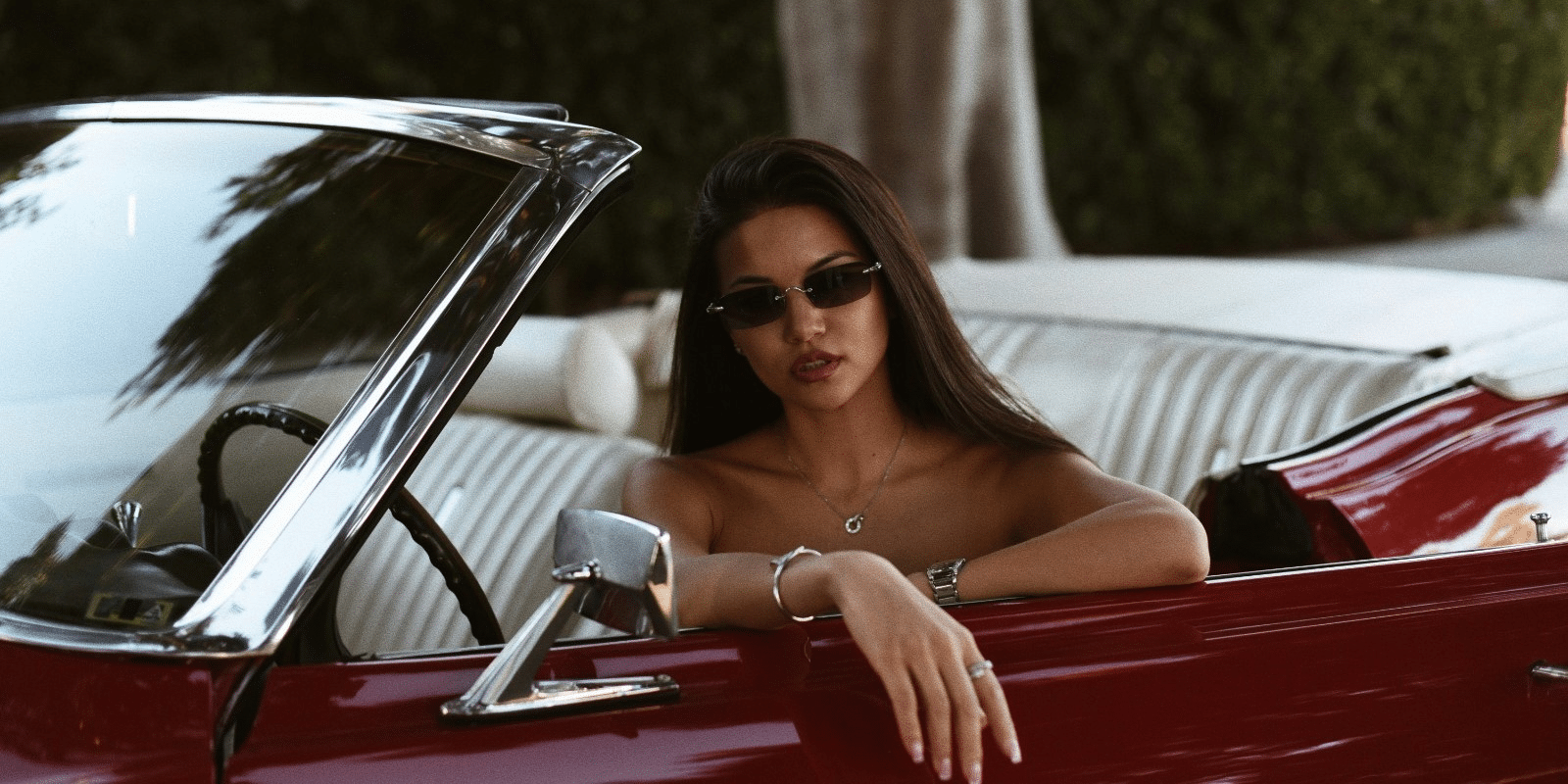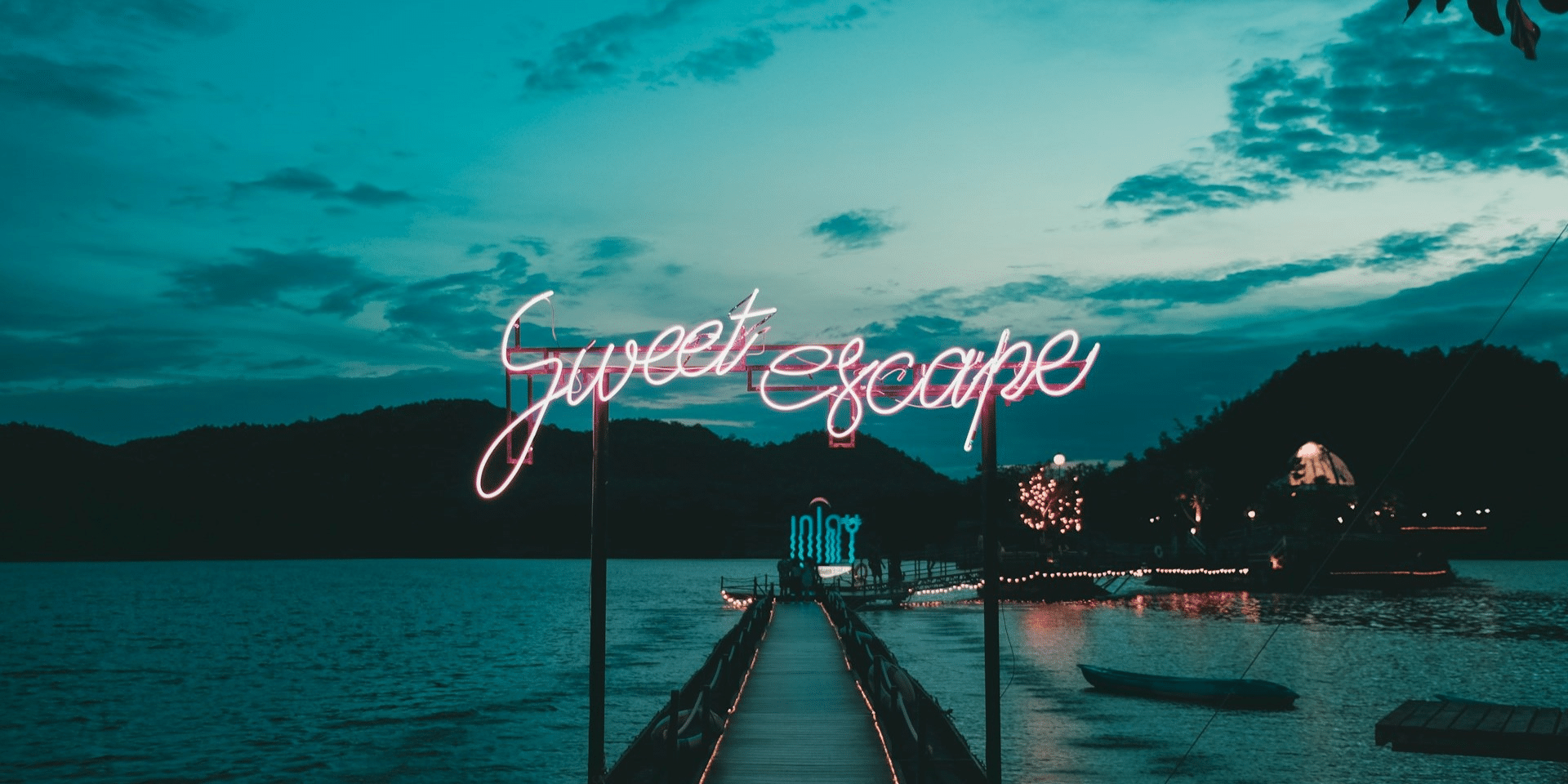Remember the early 2010s? Skinny jeans were king, LMFAO was topping charts, and rap was all about braggadocio and party anthems. Fast forward a decade, and the genre looks (and sounds) completely different. Rap in the 2010s wasn’t just about catchy hooks and bumping beats; it witnessed a seismic shift, evolving into a more diverse and sonically adventurous soundscape.
So, how exactly did rap transform in the last decade? Let’s break it down into two key trends:
From Gangsta to Genre-Bending: Thematic Evolution in Rap
The 2010s saw a move away from the gangsta rap narratives that dominated the previous decades. Rappers weren’t solely focused on portraying a tough-guy image or bragging about extravagant lifestyles. Sure, those elements still exist, but there’s a newfound willingness to explore a wider range of topics.
Social commentary became a prominent theme. Rappers like Kendrick Lamar with “Alright” and J. Cole with “m.A.A.d city” tackled issues of police brutality and systemic racism in America. Mental health also found a voice, with artists like Logic in “1-800-273-8255” bringing awareness to suicide prevention. These weren’t just catchy songs; they were powerful social statements wrapped in infectious beats.
Another big change? Vulnerability. Rappers started opening up about their personal struggles, anxieties, and heartbreaks. Drake’s introspective lyrics resonated with a generation grappling with similar experiences. This willingness to be transparent and relatable made rap music feel more human than ever before.
But it wasn’t all serious bars. The 2010s also saw the rise of mumble rap, a subgenre characterized by a more laid-back, melodic flow. Artists like Future and Lil Uzi Vert pushed the boundaries of what rap could sound like, incorporating elements of trap music and autotune into their sound. While it wasn’t everyone’s cup of tea (some critics argued it lacked lyrical depth), mumble rap undeniably expanded the sonic palette of rap music.
The lines between rap and other genres started to blur as well. Elements of R&B, pop, and even electronic music found their way into rap tracks. This genre-bending approach created a more dynamic and eclectic soundscape. Think of Childish Gambino’s “This Is America,” which seamlessly blends rap verses with soulful vocals and a powerful gospel choir.
Rap became the most popular music genre in the US by the late 2010s. This explosion in popularity can be attributed partly to the thematic evolution we discussed. By tackling more relatable topics and incorporating diverse sounds, rap music resonated with a wider audience than ever before.
From Mixtapes to Millions: The Rise of Streaming and the Independent Artist
Remember the days of burning mixtapes and waiting in line for the latest album release? The 2010s witnessed a digital revolution in music consumption. The rise of streaming platforms like Spotify and Apple Music completely changed the way people listened to music, and rap was at the forefront of this shift.
These platforms provided a level of accessibility that was unheard of before. Fans now had instant access to millions of songs, including up-and-coming artists who might not have gotten radio play or major label deals in the past.
This democratization of music creation empowered independent artists. Rappers no longer needed to rely on traditional gatekeepers to get their music heard. They could upload their tracks directly to streaming platforms, build a fanbase online, and potentially achieve mainstream success without a record label backing them.
SoundCloud, a platform initially popular for remixes and unreleased tracks, became a breeding ground for new rap talent. Artists like Chance the Rapper and XXXTentacion rose to fame through self-released mixtapes and viral tracks on the platform.
This shift in power dynamics also led to a more experimental and diverse rap scene. Independent artists weren’t beholden to the commercial pressures of major labels, allowing them to explore new sounds and push creative boundaries.
The rise of streaming and independent artists undoubtedly reshaped the landscape of rap music in the 2010s. It democratized music creation, broadened the sonic palette of the genre, and made it more accessible to a global audience.

